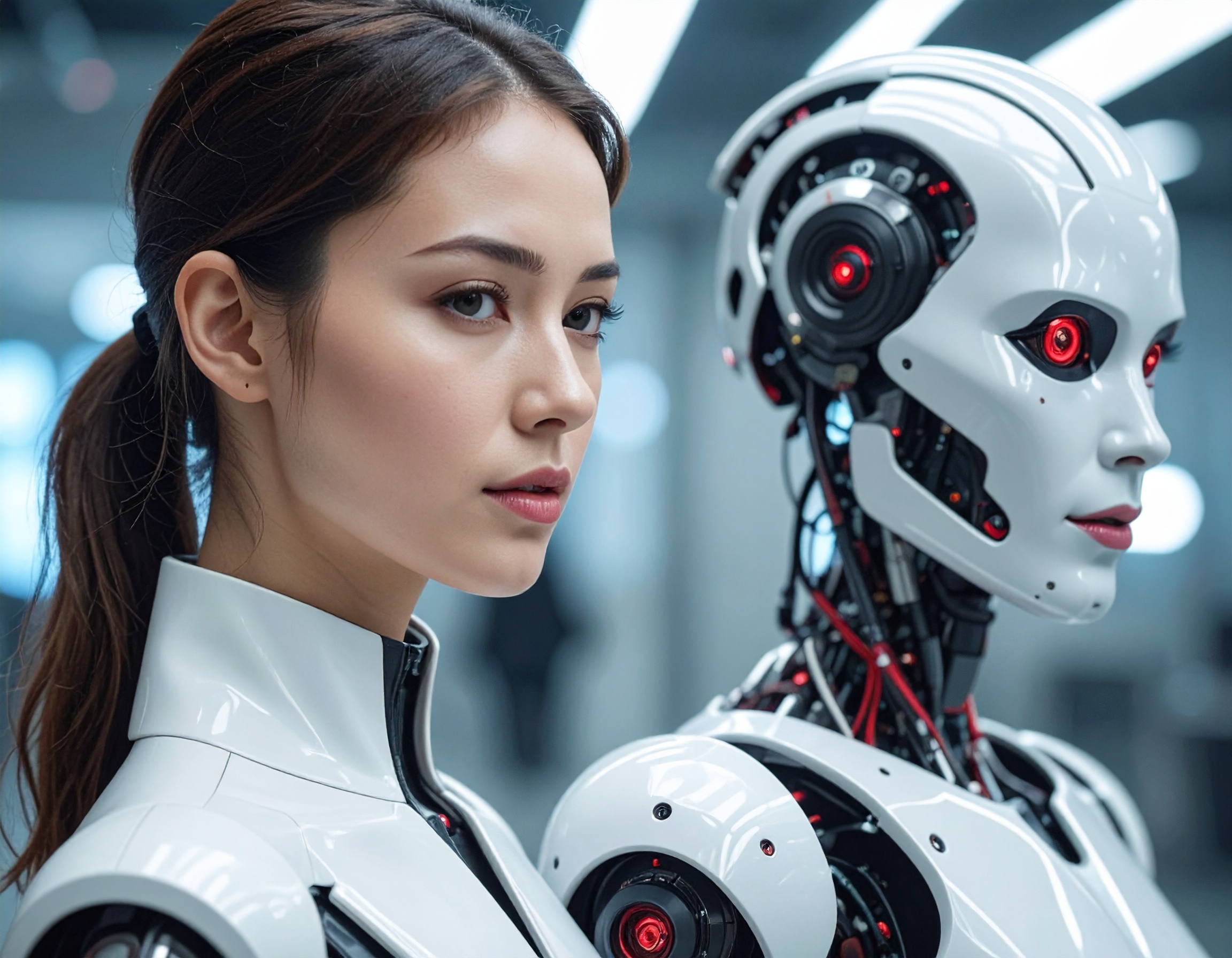Miami’s Streets, Non-Human Workers & Shrinking Paychecks: When Robots Join the Delivery Game

The Changing Delivery Landscape in Miami
In October 2025, Miami delivery drivers found themselves squeezed on two fronts: a wave of restaurant closures reducing demand, and the entry of autonomous robots taking over portions of delivery work. Drivers like José Torres and Modesto Espinal saw their average weekly earnings plunge—from about $650 per week to roughly $240 in some cases—as fewer restaurants remain open and competition from robots intensifies. Many drivers are being forced to chase orders further afield, join multiple apps, or risk long idle periods without pay.
Meanwhile, small delivery robots—such as “Coco,” built by Serve Robotics—have begun traversing sidewalks in neighborhoods like Brickell and Miami Beach. These machines pick up meals from restaurants and deliver them directly to customers, decreasing the share of work available to human drivers. Serve Robotics teamed with Uber Eats in early 2025 to deploy as many as 2,000 units, and the company has already completed over 500,000 deliveries since 2020.

Why This Matters: AI Employees, Non-Human Workers & Economic Pressure
The scenario unfolding in Miami illustrates a broader shift: the rise of AI Employees and Non-Human Workers in sectors traditionally dominated by people. These Voice AI Agents and robotic couriers aren’t just sci-fi ideals; they’re disrupting real livelihoods today. In Miami’s case, human drivers—many classified as independent contractors with limited protections—are especially vulnerable.
This change is important for several reasons:
- It exposes tensions between automation and labor in the gig economy.
- It highlights how classification of workers (employee vs. contractor) impacts their resilience when disruption hits.
- It offers a real case study in how cities may adapt to or resist the integration of robotic delivery systems in dense urban zones.
Experts say full replacement of human drivers is unlikely—at least for now—because robotic delivery works best in dense, walkable areas. Still, human drivers are feeling the squeeze now, forced to adjust, innovate, or accept shrinking income streams.
Looking Ahead: Adaptation, Resistance, and Coexistence
Despite the stresses, many drivers remain committed. They adapt routes daily and patch together earnings from multiple apps. As one driver put it: even if Voice AI Agents eventually dominate, people will adjust and find new ways to contribute. Urban planners caution that robotic delivery won’t entirely replace human drivers outside of dense zones, but the shift is real and accelerating.
The Miami experience is an early chapter in a broader narrative about humans and machines working side by side—sometimes harmoniously, often contentiously. The question isn’t just whether robots can do the work—it’s who benefits, and who bears the cost.
Key Highlights:
- Since early 2025, restaurants in Miami have closed in unusual numbers, reducing order volume for delivery drivers.
- Drivers’ weekly earnings have dropped dramatically (e.g. from $650 to ~$240), forcing many to chase orders across wider areas or work on multiple platforms.
- Serve Robotics robots, like “Coco,” are now active in Miami, completing food deliveries autonomously.
- These Non-Human Workers and AI Employees introduce new competition in the gig economy, especially affecting contractors with minimal protections.
- Experts believe human drivers won’t vanish entirely—but in the densest districts, automation may soon take a larger share.
Reference:


